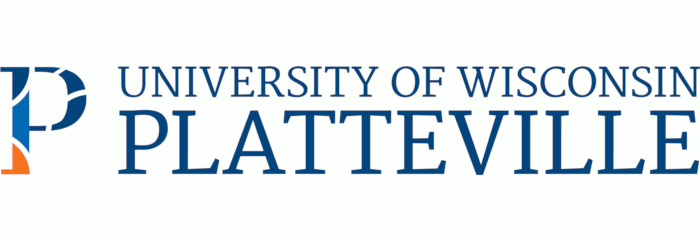ATD Blog
How Leaders Can Influence the Psychological Well-Being of Employees Impacted by Change
Fri Dec 10 2021

In today’s global business environment, we are seeing a rapid increase in psychological strategies by leadership in organizations to manage employees’ psychological well-being. As organizations continue to prioritize digital transformations, there is an increasing burden for leadership to create nurture systems to help guide individuals through change.
Humans will experience some form of resistance in their behavioral, emotional, and cognitive state upon the initial notification of change. Examples of these types of resistance are logical and rational, psychological, emotional, and sociological. The most common constituents found in these types of resistance are the time required to adjust and relearn, the possibility of less desirable conditions, low tolerance for change, and the fear of the unknown. Leaders in organizations have carried the burden of trying to identify the best nurture systems to effectively guide individuals through change. Which leads to the outstanding question of how can leaders positively influence the psychological (behavioral, emotional, and cognitive) well-being of employees impacted by change?
Leverage Employee Pulse Surveys to Capture Hearts and Minds
The first step for leadership to improve the psychological well-being of individuals is to first diagnose what the perceptions, behaviors, and emotions are toward the current or future change. The most prevalent diagnostic tool to measure employee behaviors and emotions is the employee pulse survey. This survey provides quantitative and qualitative data for leadership to identify the commonalities in perceptions and behaviors at an empirical and organizational level.
Upon identifying the current state of employees, leadership can begin to formulate a series of actionable items to help mitigate resistance and improve employee morale and productivity. Activities that stem from this survey are educational forums, focus groups, team huddles, and one-on-one meetings. The goal of these activities is for leadership to tap into the hearts and minds of individuals at a gut-level and showcase high levels of empathy and authenticity, which will enable individuals to remove barriers and discuss their true feelings in a fear-free environment.
Improving Trust and Vulnerability
The second step for leaders to positively impact employees’ well-being is to build trust and rapport in the relationship. Often leaders are unaware that vulnerability and trust necessitates positive synergies from individuals affected by change. Conveying these attributes not only unlocks deeper and fruitful conversations but may decrease resistance and improve employee buy-in and commitment.
These outcomes don’t happen overnight, and it’s important for leaders to always be intentional in fostering a strong relationship with employees. Trust and vulnerability are key attributes that leadership must possess to promote positive synergies amongst employees’ impact by change. The final step for leaders to positively influence the psychological well-being of employees is to put in place sustainable mechanisms.
Sustainable Reinforcement Mechanisms
For leaders to create a sustainable change long term, they must include the celebration of short-term wins, rewards and recognition, feedback from management, corrective actions, and visible performance measurements. Each of these elements plays a vital role in influencing the psychological well-being of employees impacted by change. In some form, each element taps into the perceived benefits (intrinsically and extrinsically) of the change.
Leaders must continue to adopt other forms of reinforcement mechanisms conducive for their organization to thrive through change and mitigate individual resistance. It is not enough for leaders to communicate change and merely hope that individuals are immediately bought in. Leaders should begin including in their skillset the expansion of interpersonal skills (active listening receptivity, patience, and empathy) to identify individual resistance at an empirical and organizational level. These skills will help leaders leverage the employee pulse survey to develop actionable items enabling positive synergies (psychological well-being) and long-term sustainable change.


